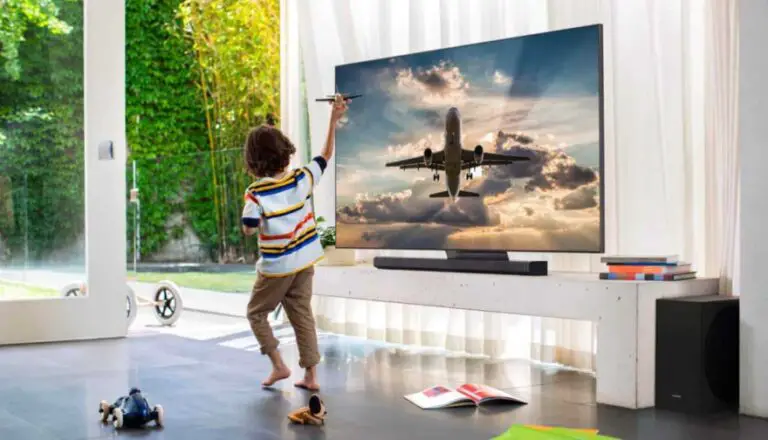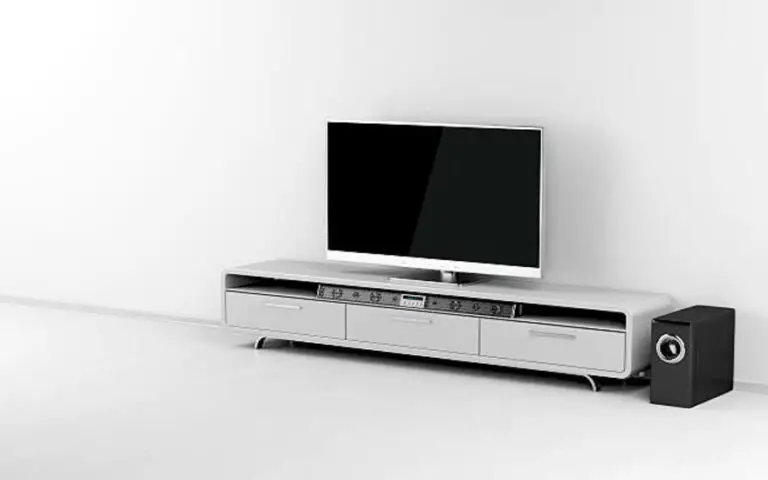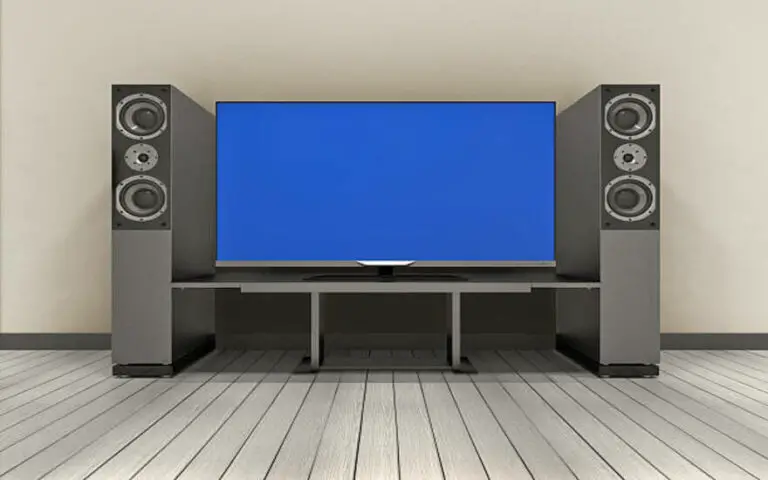Soundbar channels refer to the number of speakers a soundbar has to produce sound. The more media a soundbar has, the more speakers it has, and the more immersive the sound quality can be. For example, a 2-channel soundbar will have two speakers (left and right), while a 5-channel soundbar will have five speakers (left, right, center, and two surround speakers).
Some high-end soundbars also have additional channels for upward-firing speakers, which can provide a more immersive sound experience by bouncing sound off the ceiling. It’s essential to consider the number of channels when choosing a soundbar to ensure it meets your audio needs and preferences.

What is a soundbar channel?
Soundbar channels refer to the number of individual speakers inside the device. The first number in the sequence represents the number of channels the soundbar has. For instance, a soundbar with two channels has a left and a right track.
Meanwhile, a soundbar with three channels would have an additional center channel. With each increase in media, the quality and strength of the sound are improved. Having a soundbar with multiple channels also allows it to simulate the surround sound effect of a regular speaker system.
For someone who wants to enhance their cinematic experience, soundbars with multiple channels offer a more immersive audio experience. Understanding the basics of soundbar channels helps you determine what will best suit your room size and placement. It also lets you match your soundbar channel to your TV size and type for the best audio and viewing experience.
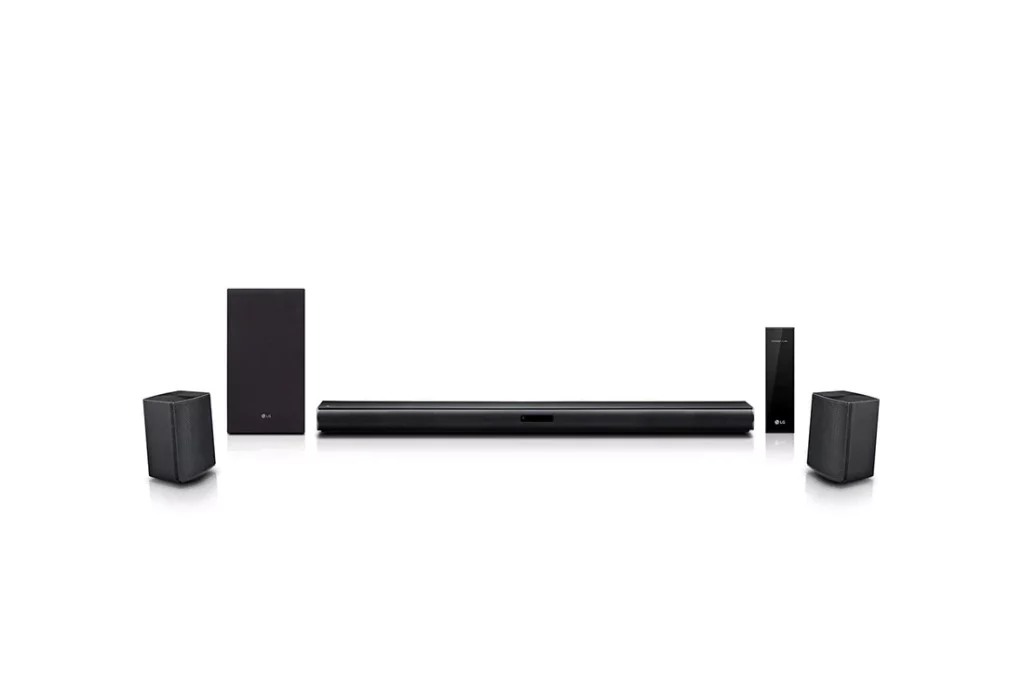
Five benefits of using soundbars?
I love using soundbars! Not only do they add an extra layer of excitement to my movie-watching experience, but they also come with a ton of benefits.

1. Improved audio quality and clarity
Improved audio quality and clarity are two of the most significant soundbar advantages. As mentioned earlier, soundbars are designed to deliver better sound quality than most TV speakers alone. With more explicit dialogue, you won’t have to keep rewinding scenes to catch what was said.
You get to experience every sound effect and musical note in high definition, elevating your overall listening experience. Additionally, soundbars are typically equipped with advanced audio technologies that reduce muffling and distortion, enabling you to hear every detail in the audio track.
Trust me; you won’t want to switch back to TV speakers after experiencing the audio clarity of a soundbar.

2. Enhanced cinematic experience
One of the most significant benefits of using a soundbar is its enhanced cinematic experience. With multiple channels, including a center channel for dialogue clarity, you’ll feel right in the middle of the action.
The soundbar’s support of surround sound and Dolby Atmos technology adds another dimension to your viewing experience, immersing you in a world of rich, lifelike sound.
You can achieve this incredible experience without the hassle and complexity of setting up a traditional multi-speaker system. You can elevate your movie-watching or gaming sessions to the next level with just one sleek, easy-to-use soundbar.

3. Saves space compared to traditional speaker systems
I love that soundbars are compact and take up very little space. Unlike traditional speaker systems that require separate speakers and components, soundbars can be mounted on the wall, on a shelf, or even on the TV stand.
They don’t clutter your living space and blend well with your decor. Moreover, soundbars are much cheaper than traditional speaker systems, making them an excellent choice for those on a budget.
You can enjoy the high-quality sound with a soundbar without sacrificing much of your living space. It’s a win-win situation!

4. Easy to set up and use
Another benefit of using a soundbar system is that it is straightforward to set up and use. Unlike traditional speaker systems, which may require complicated wiring and professional installation, most soundbars can be installed by anyone in just a few minutes.
Plus, many soundbars come with a user-friendly remote control that allows you to adjust the volume, bass, and other settings at the touch of a button.
Some even allow you to control the system through your smartphone or tablet. Overall, the simplicity and convenience of using a soundbar make it an excellent option for anyone who wants to improve the sound quality of their entertainment center without breaking the bank.

5. Compatibility with various devices and audio sources
One of the benefits of using a soundbar is its compatibility with different devices and audio sources. Most soundbars have multiple connectivity options, including Bluetooth, Wi-Fi, and HDMI, making connecting to smartphones, tablets, laptops, and other devices easy.
Additionally, some soundbars offer access to streaming services like Hulu and Netflix, allowing you to watch your favorite movies and TV shows with improved audio quality. With many connectivity options, finding a soundbar compatible with your devices and audio sources is easy.
Plus, you’ll enjoy improved audio quality no matter what you’re watching or listening to.
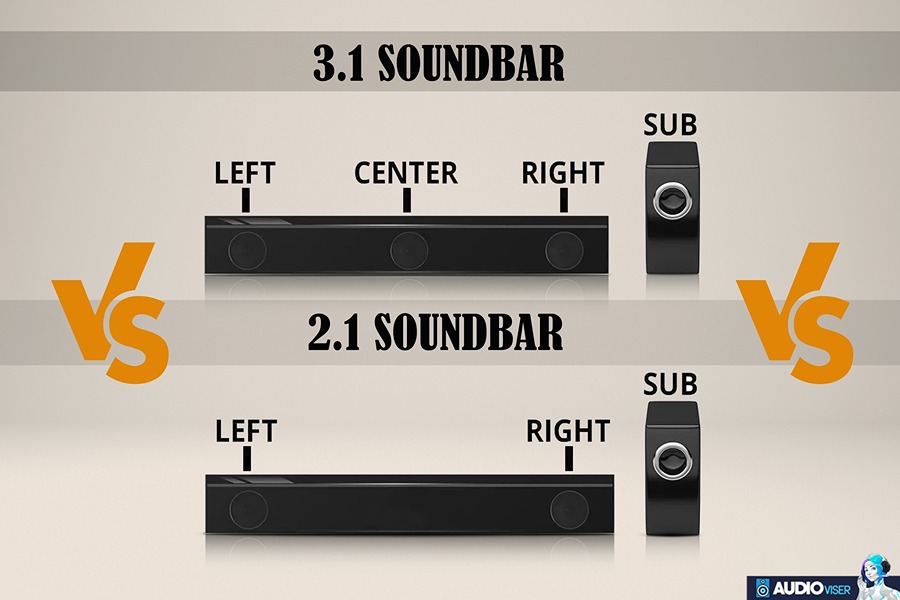
How do I choose the right soundbar channel?
When picking the right soundbar channel, consider a few things. Firstly, it’s essential to understand the basics of soundbar channels, which refer to the number of built-in speakers a soundbar has.
From there, you should evaluate your room size and speaker placement and match your soundbar channel to your TV size and type. It’s also worth looking into additional features and connectivity options, such as whether or not it supports Dolby Atmos surround sound.
When it comes to actually connecting the soundbar to your television, it should be a breeze. Most soundbars come with several different connection options, including HDMI and Bluetooth.
When choosing a soundbar channel, consider your needs and budget, and don’t be afraid to research beforehand to ensure you’re getting the best value for your money.
Understand sound. Bar channel basics
Okay, let’s dive into the basics of soundbar channels. As I mentioned earlier, media refer to the number of individual speakers within the soundbar that emits sound. The more media a soundbar has, the more speakers are included, which can affect the quality and strength of the sound.
For example, soundbars can range from having two channels, meaning a left and right speaker, to having up to seven tracks, with multiple built-in speakers assigned to specific channels. When choosing a soundbar, make sure to keep in mind how the number of channels may impact your listening experience.
Consider your room size and. speaker placement.
When choosing the right soundbar channel, it’s essential to consider the size of your room and speaker placement. You want to ensure that your soundbar can fill the space with enough sound without being too overpowering or weak.
A soundbar with more channels may be necessary for larger rooms or surround sound setups, but a basic 2.1 system may be sufficient for smaller areas. Additionally, consider where you will place the soundbar and whether it will be mounted on a wall or surface.
This will affect the direction and quality of sound. Make sure to position the soundbar to reflect sound off walls or other surfaces properly. Finding the right soundbar channel for your room size and speaker placement can significantly enhance your audio experience.

Match your soundbar channel to you.r TV size and type
When choosing the right soundbar channel, you’ll want to consider your TV size and kind. As I mentioned earlier, soundbars come in different channel options, and one of the most remembers to remember is that your soundbar should match your TV size.
You don’t want it to be too small or too big, as it could affect the overall audio experience. Another thing to note is whether your TV’s base or legs may obstruct the soundbar’s placement.
It’s always best to measure the dimensions of your TV and compare them to the soundbar you’re considering to ensure a perfect match. Lucky for you, some soundbars are specifically designed to fit flawlessly between the legs of your TV.
With these points in mind, you can choose a soundbar that seamlessly matches your TV setup and improves your audio experience.
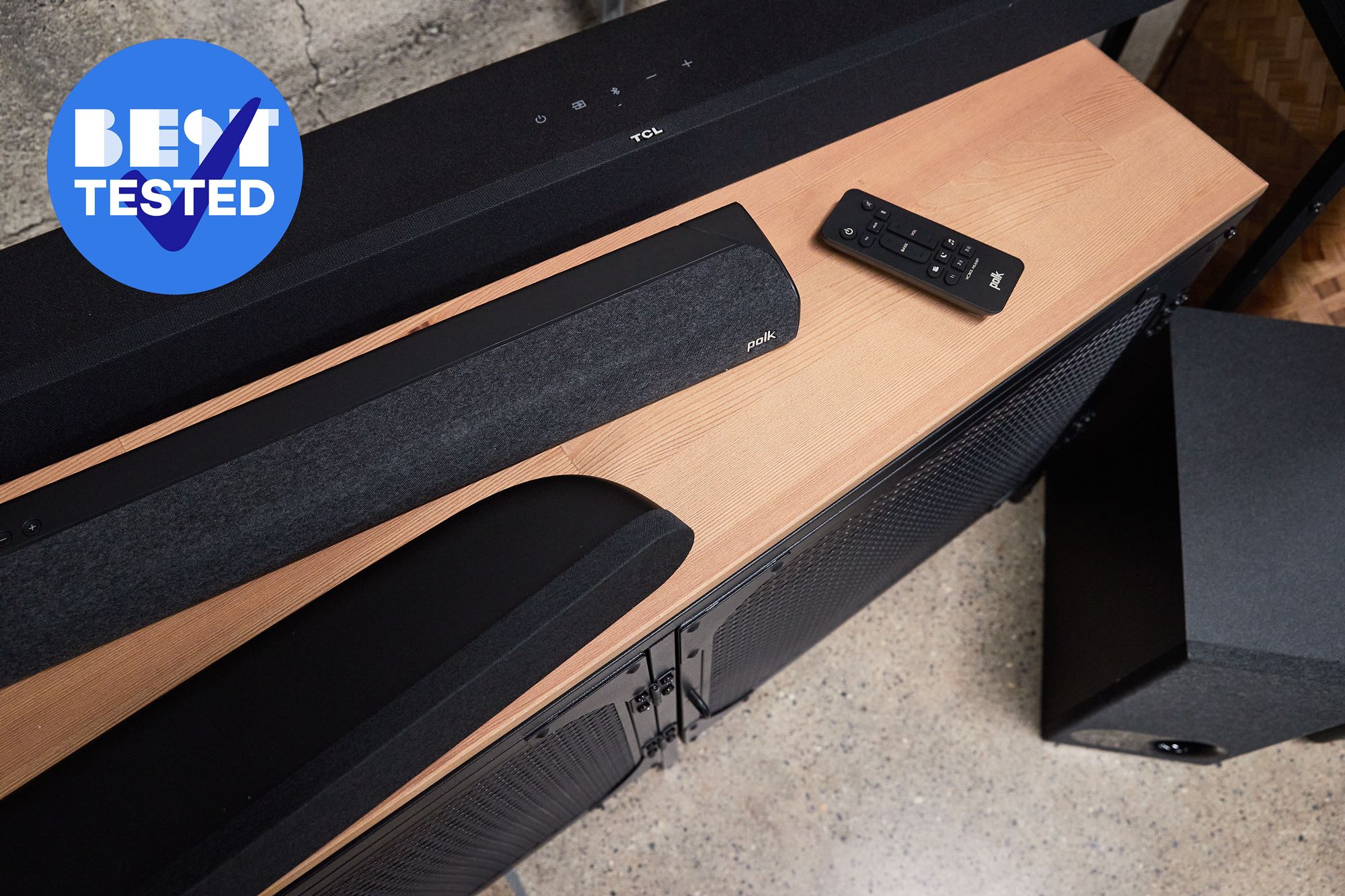
Evaluate additional features and co. connectivity options
When evaluating other features and connectivity options for your soundbar, consider what you need to maximize your audio experience. And if you’re looking for the most seamless integrated TV, choose a soundbar with HDMI ARC and CEC capabilities, so you can easily control all your devices with one remote.
I always look for a soundbar with a subwoofer, as it enhances the audio quality and brings out the bass in my favorite tunes and movies. Overall, carefully considering these additional features and connectivity options will help you choose the perfect soundbar for your home audio needs.
How to connect your soundbar to your television?
Connecting a soundbar to your television is a straightforward process. Firstly, you must determine whether you need an HDMI or optical cable.
If your TV supports an audio Return Channel’ or ARC, it is best to use an HDMI cable. Simply connect the soundbar to the TV using the HDMI cable and plug the cable into the TV OUT (ARC) slot on your soundbar.
Once this is done, turn on your TV and soundbar, select the input source on your soundbar, and you’re good to go. If your TV does not support HDMI-ARC, use the optical cable instead, connecting it to the optical out or digital audio out port on your TV and your soundbar. With these simple steps, you can enjoy an enhanced audio experience from your soundbar.
Summary
So that’s what soundbar channels mean! In summary, the number of channels in a soundbar indicates how many speakers are inside the device. A 2.1 soundbar has two left and proper channels, whereas a 3.1 soundbar has an extra central channel for improved audio quality.
Soundbars offer a range of benefits, including improved audio clarity, a cinematic experience, space-saving design, and easy setup and device compatibility. When choosing the right soundbar channel for you, it’s essential to consider the basics, your room size and speaker placement, match your soundbar channel to your TV, and evaluate its additional features and connectivity options.
Connecting your soundbar to your television is also easy and adds to its convenience. With this knowledge, you’ll be able to find the perfect soundbar channel for your needs and enjoy an enhanced audio experience for your entertainment.

